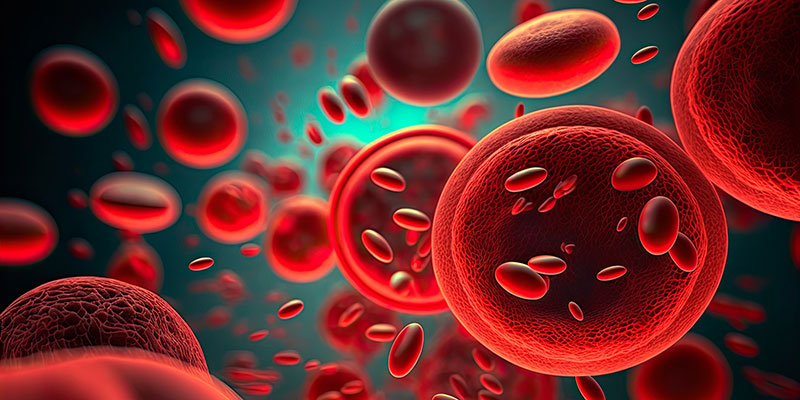Nitrate in drinking water can damage the ability of red blood cells to carry oxygen throughout the body.
What are some of the environmental and health issues surrounding nitrate in groundwater, and options to resolve them?
Nitrogen is a naturally occurring element that is essential for life on Earth. It makes up 78% of the air we breathe and is essential for plant and animal growth. However, when too much nitrogen is present in fresh water, it can cause environmental problems and contaminate sources of drinking water. In fact, nitrogen pollution in the form of nitrate, which contains nitrogen and oxygen, is one of the most common forms of water contamination from industrial and municipal wastewater effluent discharges.
Because nitrogen is a plant nutrient, elevated levels of nitrate, together with phosphorus, can stimulate growth of algae and lead to harmful algal blooms in freshwater systems and coastal waters. Once algae have used up all available nutrients, they die, stripping oxygen from the water during the decomposition process. This can lead to eutrophication, hypoxic conditions, and mass die-offs of aquatic life and resultant loss of biodiversity.
Nitrate in Groundwater
Nitrate can enter groundwater from various sources, including fertilizers applied to crops, animal waste, liquid effluent leaks from septic tanks, municipal wastewater, and industrial wastewater. Microbes that naturally occur in the soil convert nitrogen in its various forms into nitrate, which can then be transmitted via irrigation water or rainwater through the soil and into aquifers, which serve as a primary source of drinking water for many communities worldwide.
At high concentrations, nitrate can be toxic to aquatic organisms and pose a health risk to humans. In groundwater, which serves as the primary source of drinking water for millions of people in the U.S. and other countries, it can be harmful, even at low levels.
Exposure to nitrate in drinking water can affect the ability of red blood cells to carry oxygen. When nitrate is ingested, it can affect the distribution of oxygen throughout the body. While this does not have a lasting impact on adults and children, in infants it can cause a potentially fatal condition known as methemoglobinemia, or blue baby syndrome. The U.S. Environmental Protection Agency has set the safety standard for nitrate in drinking water at 10 mg/L. Exposure to nitrate in drinking water at levels lower than 10 mg/L will not have a long-lasting effect on infants.
Reducing Risk With Wastewater Treatment
In order to protect the environment and safeguard public health, industrial and municipal wastewater treatment plants must ensure that nitrate and other potentially harmful contaminants are reduced to levels that meet required safety standards.
In conventional wastewater treatment systems, nitrate is removed during activated sludge treatment, an aerobic method of treatment that requires aeration, which is energy-intensive.
Fluence provides a more efficient option with its membrane aerated biofilm reactor (MABR) technology, which uses passive aeration to diffuse oxygen through membranes. It’s not only highly efficient, but it also features remarkably high removal of nitrate and other nutrients.
Since nitrification and denitrification take place simultaneously within the same tank, the system requires a much smaller footprint than conventional wastewater treatment plants, making it well-suited for decentralized wastewater treatment solutions such as Aspiral™ Smart Packaged plants.
Removing Nitrate From Drinking Water
Treating wastewater to prevent nitrate from entering freshwater systems will go a long way toward resolving the problem. To remove nitrate originating from other sources, Fluence also offers denitrification treatment of drinking water. Fluence’s NIROBOX™ FW unit is a modular, self-contained drinking water treatment plant that can treat water from any freshwater source, offering a decentralized solution for providing safe drinking water in remote locations.
Contact our team of experts to learn more about our denitrification treatment solutions for both wastewater and drinking water.

